What is a CVT Transmission?
A cvt transmission (Continuously Variable Transmission) is a type of automatic transmission that offers seamless gear changes. Unlike traditional transmissions with fixed gears, a CVT uses a belt-and-pulley system to provide an infinite range of ratios. This allows the engine to operate at its most efficient speed, improving performance and fuel economy. Many modern vehicles now feature CVTs due to their advantages in smoothness and efficiency. However, like any technology, they come with both benefits and drawbacks. Understanding these aspects can help drivers make informed decisions when choosing a vehicle.
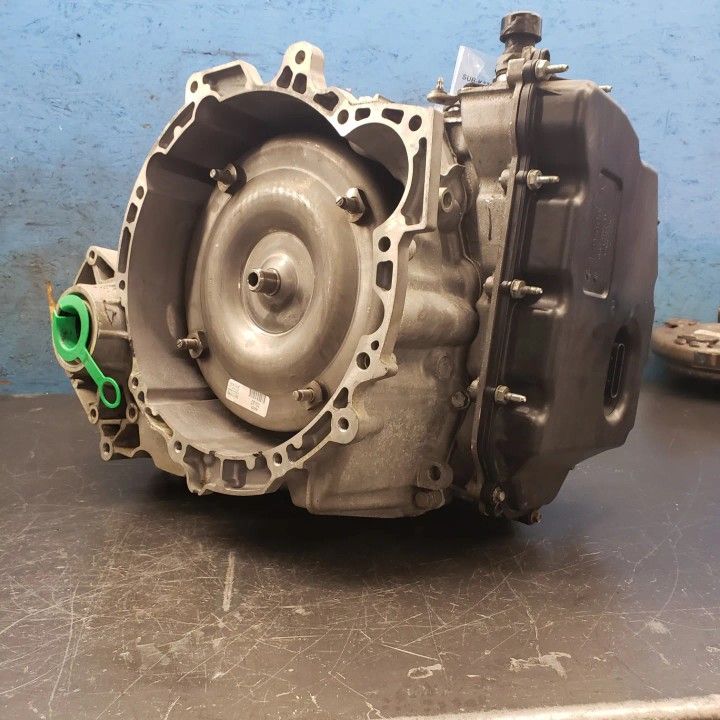
In this article, we’ll explore what makes CVT transmissions unique, discuss their advantages and disadvantages, and compare them to other types of transmissions. Whether you’re considering buying a car with a CVT or simply curious about how it works, this guide will provide valuable insights. For instance, the adaptability of CVTs ensures they remain relevant across various driving conditions, from city streets to highways. This versatility has made them increasingly popular among automakers aiming to meet stricter fuel efficiency standards.
Moreover, the absence of noticeable gear shifts enhances the overall driving experience, making it smoother and more comfortable. Drivers accustomed to traditional automatics may notice a difference initially, but the continuous power delivery quickly becomes appealing. As we delve deeper into the mechanics and applications of CVTs, you’ll gain a comprehensive understanding of why they’ve become a staple in today’s automotive industry.
How Does a CVT Transmission Work?
To understand the benefits and drawbacks of a CVT transmission, it’s essential to know how it operates. At its core, a CVT uses two pulleys connected by a belt. One pulley is attached to the engine, while the other connects to the wheels. By adjusting the size of the pulleys, the transmission can change the ratio between the engine speed and wheel speed. This flexibility ensures the engine runs at its optimal RPM (revolutions per minute) for various driving conditions.
For example, during highway cruising, the CVT keeps the engine at a low RPM to maximize fuel efficiency. In contrast, during acceleration, it increases the RPM to deliver more power. This adaptability sets CVTs apart from traditional automatics, which rely on fixed gears. Additionally, the absence of noticeable gear shifts enhances the driving experience, making it smoother and more comfortable.
The belt-and-pulley system works by varying the diameter of the pulleys, effectively changing the gear ratio. When the pulleys are close together, the ratio favors higher speeds but lower torque, ideal for cruising. Conversely, when the pulleys are farther apart, the ratio prioritizes torque over speed, perfect for quick acceleration. This dynamic adjustment ensures the engine remains in its most efficient operating range, contributing to better fuel economy and performance.
Furthermore, advancements in materials and design have improved the durability and reliability of CVTs. Modern versions use high-strength metal belts instead of rubber ones, reducing wear and tear while increasing load capacity. These innovations have addressed some of the early concerns about CVT longevity, making them a viable option for long-term use.
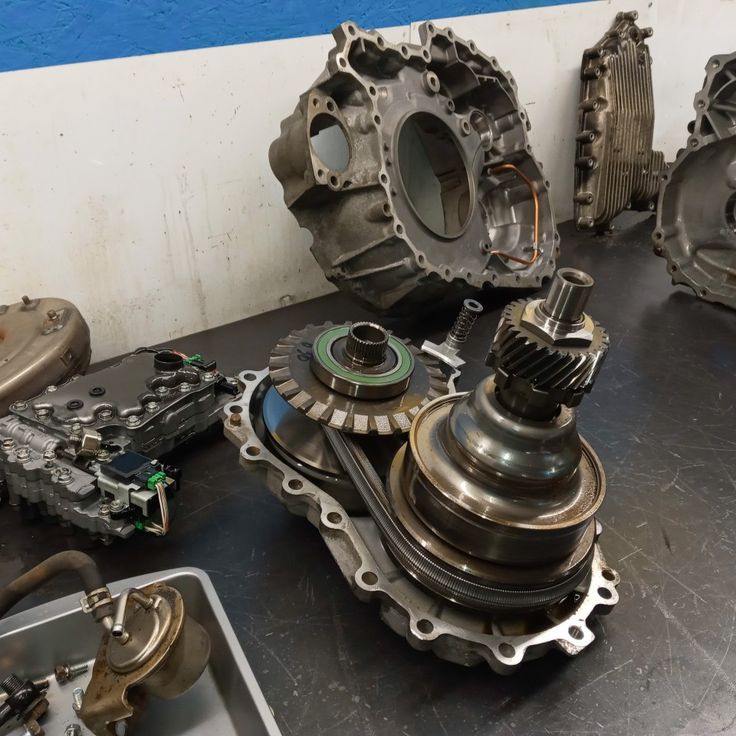
Benefits
One of the primary advantages of a CVT transmission is improved fuel efficiency. Since the engine remains at its most efficient speed, vehicles equipped with CVTs tend to consume less fuel compared to those with traditional automatics. This benefit is particularly noticeable in city driving, where frequent stops and starts occur. The ability to maintain optimal RPM during stop-and-go traffic reduces unnecessary energy consumption, leading to significant savings over time.
Another significant advantage is the smooth driving experience. With no distinct gear changes, acceleration feels continuous and effortless. This feature appeals to many drivers who prefer comfort over sporty performance. Furthermore, CVTs are lighter and simpler in design than traditional automatics, contributing to better handling and responsiveness. Their compact nature also allows manufacturers to optimize vehicle weight distribution, enhancing overall stability.
Additionally, CVTs excel in hybrid applications. Paired with electric motors, they create a seamless transition between gasoline and electric power, maximizing efficiency without compromising performance. This synergy has made CVTs a preferred choice for eco-friendly vehicles, further solidifying their role in sustainable transportation.
However, these benefits don’t come without trade-offs, as we’ll explore in the next section.
Drawbacks
Despite its advantages, the CVT transmission has notable drawbacks. One common complaint is the “rubber band” effect. When accelerating, the engine revs higher before the vehicle gains speed, creating a laggy sensation that some drivers find unsettling. This phenomenon occurs because the CVT adjusts the pulley ratio to maintain optimal engine RPM, resulting in delayed acceleration feedback. While this behavior improves efficiency, it can feel unnatural to those accustomed to traditional transmissions.
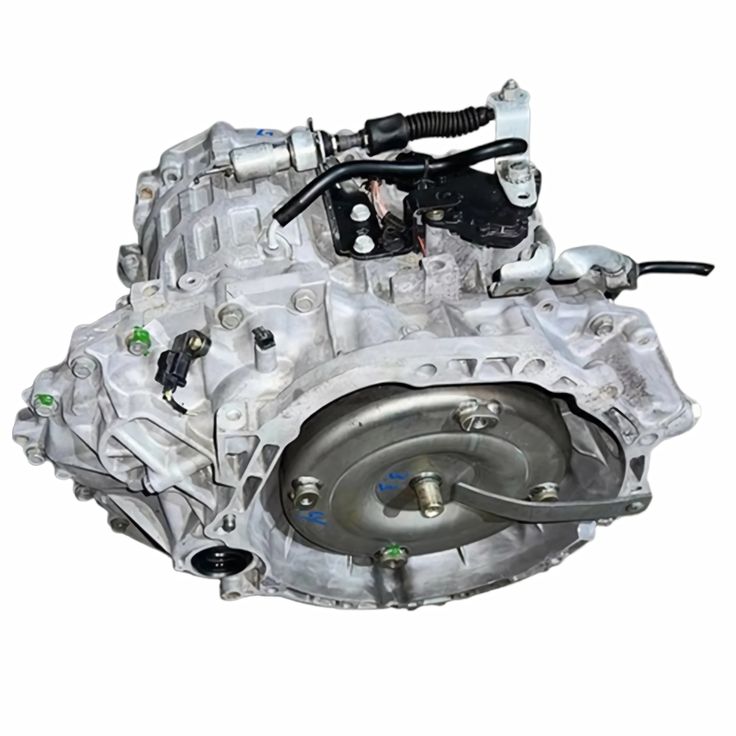
Maintenance costs are another concern. While CVTs require less frequent servicing than traditional automatics, repairs can be expensive if something goes wrong. The complex components involved mean replacements often involve significant expenses. For example, replacing a damaged belt or pulley assembly can cost several hundred dollars, depending on the make and model. Moreover, CVTs are not designed for high-performance applications, limiting their use in sports cars or towing-heavy vehicles.
Noise levels are another drawback. Under heavy acceleration, CVTs can produce a droning noise as the engine maintains high RPMs. Some drivers find this sound unpleasant, especially during prolonged uphill climbs or aggressive driving. Automakers continue to address these issues through software updates and hardware improvements, but they remain points of contention for certain users.
It’s important to weigh these drawbacks against the benefits when deciding whether a CVT-equipped vehicle suits your needs.
Comparing CVT to Other Automatic Transmissions
When evaluating transmissions, it’s helpful to compare CVTs with other options. Traditional automatics use fixed gears, providing clear shifts that some drivers prefer for their tactile feedback. Dual-clutch transmissions (DCTs), on the other hand, offer lightning-fast shifts but can feel jerky in stop-and-go traffic. Manual transmissions provide direct control over gear selection, appealing to enthusiasts who enjoy engaging driving experiences.
CVTs excel in smoothness and efficiency, making them ideal for everyday commuting. They eliminate the abrupt gear changes associated with traditional automatics and DCTs, ensuring a more relaxed ride. However, they lack the raw performance and engaging driving dynamics offered by manual or DCT systems. For those prioritizing fuel savings and comfort, a CVT is an excellent choice. Conversely, enthusiasts seeking thrilling acceleration might look elsewhere.
Understanding these differences helps potential buyers match their preferences with the right type of transmission. Automakers often cater to diverse audiences by offering multiple transmission options within a single model lineup, allowing consumers to select based on their specific needs.
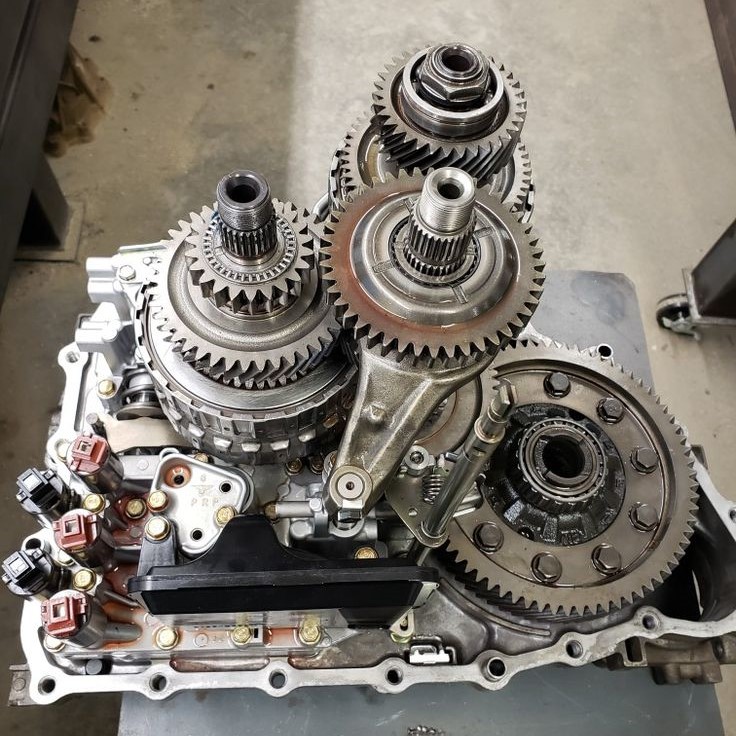
Fuel Efficiency and Environmental Impact
Fuel efficiency is one of the standout features of CVT transmissions. By keeping the engine at its optimal RPM, CVTs reduce unnecessary energy consumption. This translates to lower emissions and better mileage, contributing positively to environmental sustainability. For instance, hybrid vehicles equipped with CVTs achieve impressive combined fuel economy ratings, often exceeding 50 miles per gallon.
For eco-conscious drivers, selecting a vehicle with a CVT aligns with efforts to minimize carbon footprints. Additionally, automakers continue refining CVT technology to enhance efficiency further. Innovations such as electric hybrid systems integrated with CVTs push the boundaries of what’s possible in green transportation. Advanced algorithms monitor driving patterns and adjust transmission behavior accordingly, ensuring maximum efficiency under varying conditions.
While fuel efficiency is a major selling point, it’s worth noting that older CVT models may not perform as well in this regard. Advances in technology ensure newer versions deliver superior results. As regulations around emissions become stricter, CVTs are likely to play an increasingly important role in meeting these standards.
Maintenance Tips for CVT Owners
Proper maintenance extends the lifespan of any transmission, including CVTs. Regularly checking and replacing transmission fluid is crucial, as CVTs rely heavily on this lubricant to function smoothly. Using manufacturer-recommended fluids ensures compatibility and avoids damage caused by inferior products. High-quality synthetic fluids are often preferred due to their enhanced durability and resistance to heat.
Additionally, avoiding excessive strain on the transmission improves longevity. Avoid towing heavy loads or pushing the vehicle beyond its limits, as CVTs aren’t built for extreme stress. Gentle driving habits, combined with routine inspections, help prevent costly repairs down the line. Monitoring temperature levels and addressing overheating promptly can also mitigate potential issues.
By staying proactive about maintenance, CVT owners can enjoy reliable performance and peace of mind. Regular service intervals, typically outlined in the owner’s manual, should be followed diligently to ensure optimal operation.
Conclusion: Is a CVT Right for You?
In summary, the cvt transmission offers numerous benefits, including improved fuel efficiency and a smooth driving experience. However, it also comes with drawbacks such as the “rubber band” effect and potentially high repair costs. Weighing these factors against your driving needs is key to determining whether a CVT-equipped vehicle is right for you.
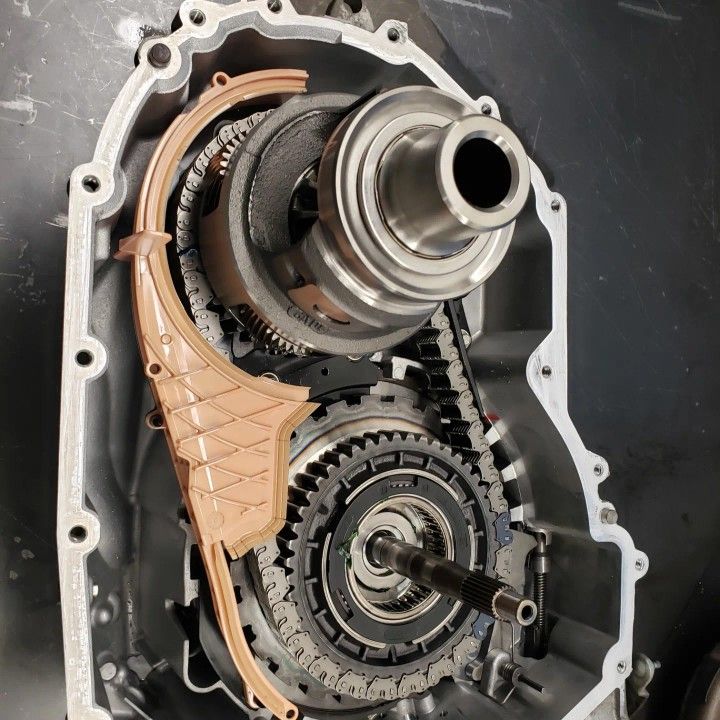
As advancements in technology continue, CVTs are likely to become even more efficient and durable. For now, they remain a popular choice for drivers seeking balance between performance and practicality. By understanding how CVTs work and their pros and cons, you can make a well-informed decision about your next vehicle purchase. Whether you prioritize fuel savings, comfort, or environmental impact, a CVT could be the perfect fit for your lifestyle.